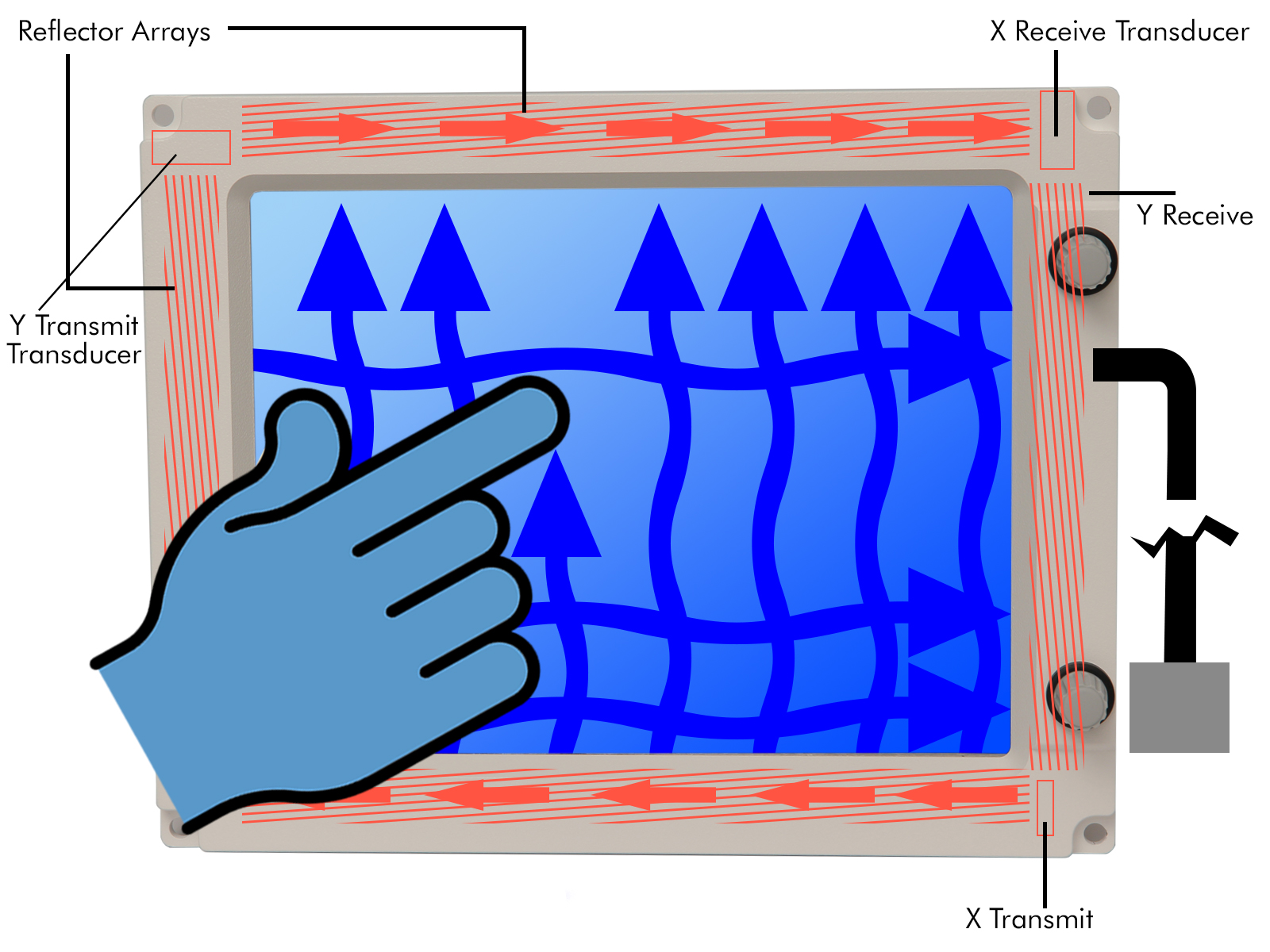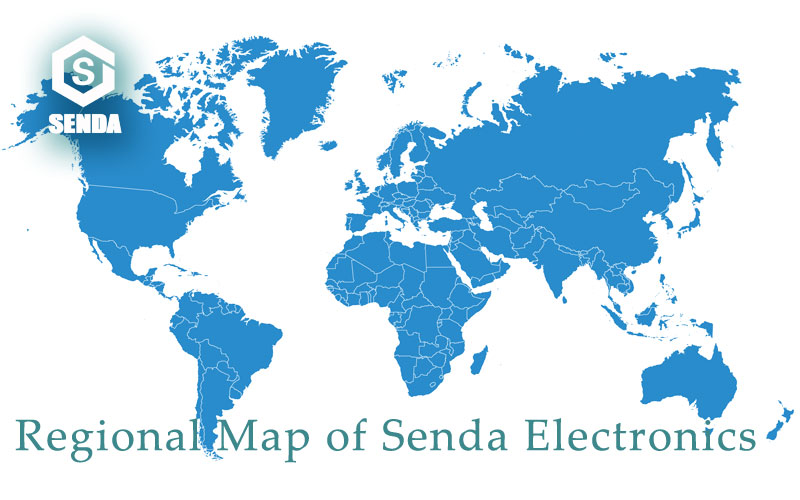PCAP vs SAW Touch: Unveiling the Differences in Touch Technology for Modern Displays
Touchscreen technology has revolutionized the way we interact with devices, making them more intuitive and user-friendly. Among the different types of touchscreen technologies, PCAP (Projected Capacitive) touch and SAW (Surface Acoustic Wave) touch are two popular options. While both technologies offer touch functionality, they differ in their approach and capabilities. In this article, we will explore the differences between PCAP touch and SAW touch.
PCAP Touch Technology
.png)
PCAP touch technology uses a layer of conductive material coated on a glass substrate. The conductive layer consists of a grid of tiny electrodes that can detect changes in capacitance when a finger or stylus comes in contact with the screen. The touch controller interprets these changes and determines the position of the touch, allowing users to interact with the device.
PCAP touch screens are known for their high level of accuracy and responsiveness, as they can detect even the slightest touch. They can support multi-touch gestures and can recognize multiple touch points simultaneously. This means that users can use two or more fingers to zoom in, zoom out, or rotate an image, among other functions.
Another advantage of PCAP touch screens is their ability to work with gloves or other types of fabric. Since the technology works through a glass substrate, it can detect touch even when the user is wearing gloves or using a stylus. Additionally, PCAP touch screens are durable and can withstand harsh environmental conditions, making them ideal for industrial and outdoor applications.
SAW Touch Technology

SAW touch technology, on the other hand, uses sound waves to detect touch. A SAW touch screen consists of two layers of glass with a thin layer of piezoelectric material in between. When a user touches the screen, the sound waves are disrupted, and the touch controller can detect the location of the touch.
While SAW touch screens are capable of detecting touch, they are limited in terms of the number of touch points they can recognize. SAW touch screens typically support only single-point touch, meaning they can only detect one touch at a time. This limits the functionality of the screen, as users cannot perform multi-touch gestures like pinch-to-zoom or rotate.
Another disadvantage of SAW touch screens is that they require a large bezel around the edge of the screen to house the necessary components. This makes it difficult to achieve a narrow bezel design, which is a common feature in modern devices.
Differences
One of the key differences between PCAP touch and SAW touch is the number of touch points they can recognize. As mentioned earlier, PCAP touch screens can detect multiple touch points simultaneously, while SAW touch screens are limited to single-point touch.
This means that PCAP touch screens are ideal for applications where users need to perform complex gestures and interactions, such as gaming, graphic design, or video editing. SAW touch screens, on the other hand, are better suited for simpler applications where users only need to perform basic interactions, such as clicking or tapping.
Another key difference between PCAP and SAW touch screens is their ability to handle various types of touch inputs. PCAP touch screens are generally more versatile in this regard, as they can support a wider range of touch inputs, including stylus, gloved hands, and even water droplets. SAW touch screens, on the other hand, are less versatile and may not be able to detect inputs from gloved hands or styluses.
Additionally, PCAP touch screens typically have a higher resolution and accuracy than SAW touch screens. This is because PCAP touch screens can detect multiple touch points simultaneously and provide more precise location detection, resulting in more accurate and responsive touch inputs. SAW touch screens, on the other hand, can only detect a single touch point at a time, which may result in slower response times and less precise touch inputs.
In conclusion, both PCAP and SAW touch screens have their advantages and disadvantages, and the choice between them ultimately depends on the specific needs of the application. PCAP touch screens offer higher accuracy, more touch points, and better support for different types of touch inputs. SAW touch screens are generally less expensive and more durable, but offer fewer touch points and may not be as versatile in terms of supporting different types of touch inputs.
You can check products below are with PCAP touch.
https://www.sendadigitalsignage.com/aboutproductseries/157.html
https://www.sendadigitalsignage.com/aboutproductseries/154.html
You can also contact us for more details!
office@sendadigitalsignage.com


.jpg)










